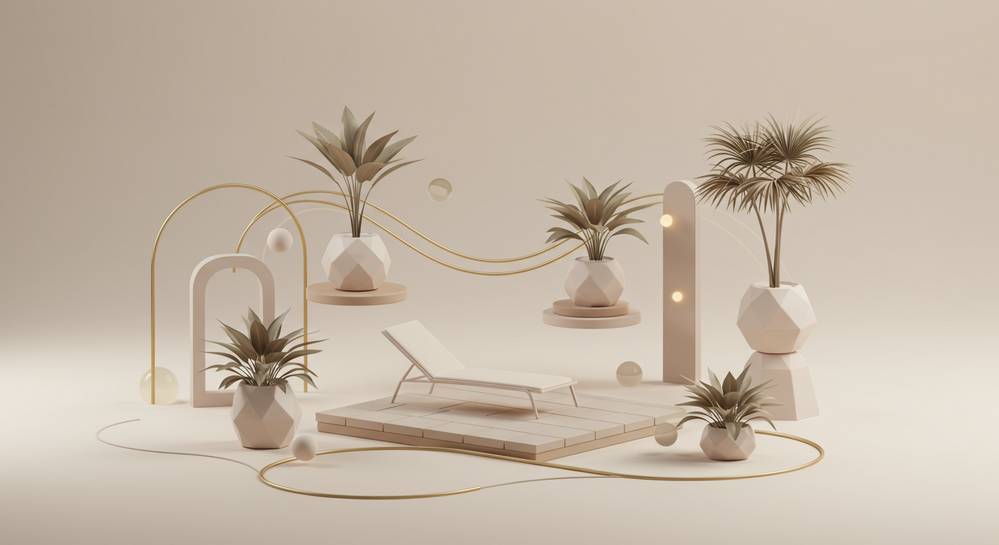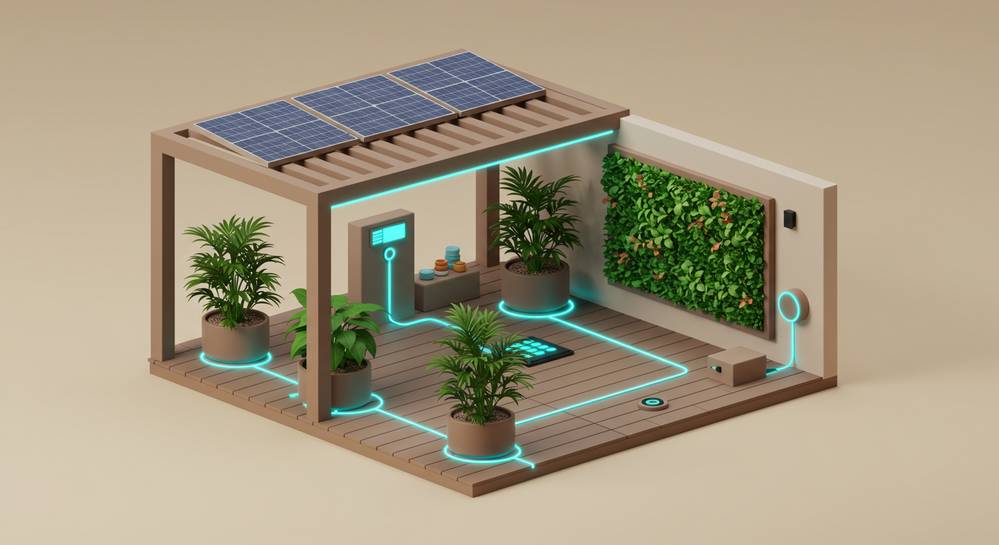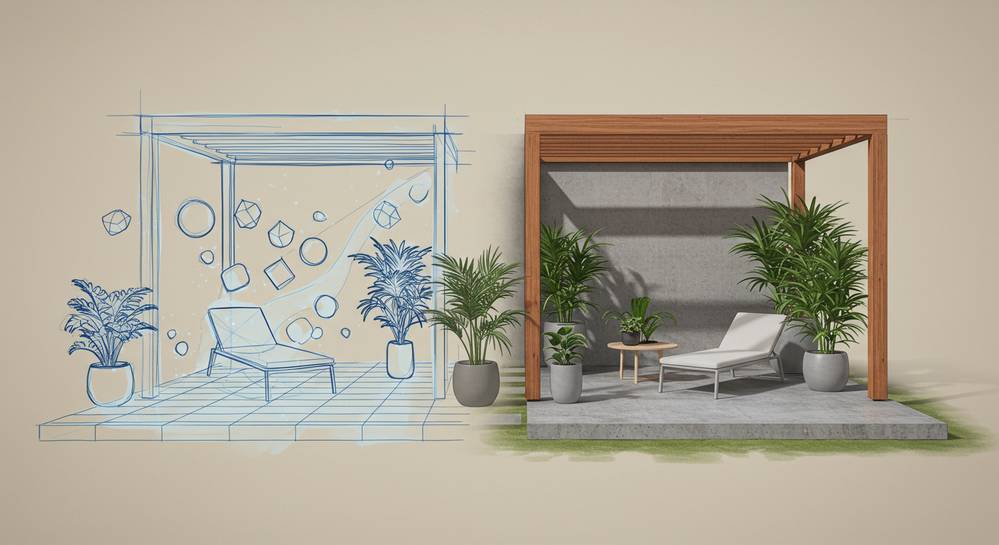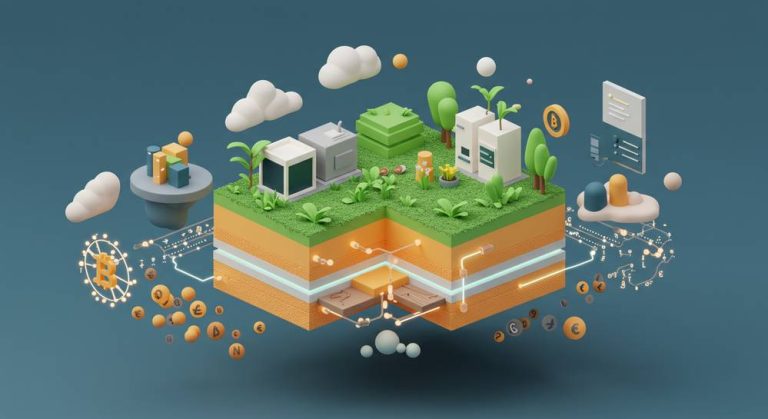A well-designed patio or garden is more than just an outdoor area; it is a seamless extension of your home’s living space. Achieving this requires a thoughtful approach to patio and outdoor space architectural design, blending form, function, and nature. This guide breaks down the core principles, key elements, and modern integrations needed to create a beautiful and highly functional outdoor retreat that suits your lifestyle.
Understanding the foundational principles of outdoor design

Great outdoor design begins with understanding the core principles that govern how a space feels and functions. It is not merely about placing furniture on a slab of concrete; it is about creating a deliberate extension of your indoor living area. This foundational step in patio and outdoor space architectural design ensures your landscape is both beautiful and perfectly suited to your lifestyle.
- Unity and Connection: The most successful designs feel connected to the main house. This is achieved by using complementary materials, colors, or understanding key architectural elements that create a seamless visual transition from inside to out.
- Function Defines Form: Before considering aesthetics, define the primary purpose of the space. Will it be for dining, lounging, or entertaining? The intended function will dictate the layout, size, and type of elements required.
- Circulation and Flow: Consider how people will move through the space. A well-designed patio has clear, unobstructed pathways that guide movement logically from the house to different zones within the garden or yard.
Key elements and material selection for patios
With design principles established, selecting the physical components is the next critical step in patio and outdoor space architectural design. These elements are categorized into hardscape, the non-living features, and softscape, the plant life. The interplay between these two creates a balanced and inviting atmosphere that defines your outdoor experience.
Hardscape materials and structures
Hardscaping forms the backbone of your outdoor space, providing structure and usability. Material choice impacts both the aesthetic, often guided by current home architecture trends, and the long-term maintenance of the area.
- Paving and Decking: Options range from natural stone for a rustic feel, to concrete pavers for versatility, or composite decking for warmth.
- Overhead Structures: Pergolas and gazebos provide protection from the elements, define specific zones, and add vertical interest.
- Built-in Features: Outdoor kitchens, fire pits, and seating walls can be integrated to enhance functionality and create focal points.
Softscape integration
Softscaping breathes life into the architectural framework. It softens hard edges, adds color and texture, and connects the space to the natural environment.
- Strategic Planting: Use a mix of trees, shrubs, and perennials to create layers. Consider plant size at maturity to avoid future overcrowding.
- Vertical Gardens: In smaller spaces, using vertical walls or container gardens is an effective way to incorporate greenery without sacrificing floor space.
Integrating technology and sustainability in outdoor spaces

Modern patio and outdoor space architectural design extends beyond traditional materials. It integrates technology and sustainable practices to enhance usability, reduce environmental impact, and future-proof your investment. Smart features create an environment that is not only beautiful but also responsive and efficient, reflecting a forward-thinking approach to living spaces.
- Smart Lighting: LED systems controlled via smartphone allow you to change color and intensity. This creates customized ambiance for any occasion while minimizing energy consumption.
- Automated Irrigation: Smart sprinkler systems use weather data and soil sensors to water plants only when necessary. This conserves water and ensures your softscape remains healthy.
- Sustainable Materials: Consider using recycled composite decking or permeable pavers. These materials reduce the project’s carbon footprint and help manage rainwater runoff effectively.
- Outdoor Entertainment: Weatherproof speakers and displays can be seamlessly integrated, turning your patio into a complete entertainment hub powered by undefined.
The design process from concept to reality

Transforming an idea into a finished project follows a structured path. This systematic approach to patio and outdoor space architectural design ensures nothing is overlooked, aligning the result with your vision. Each step builds upon the last, leading to a cohesive and well-executed outdoor living area.
Step 1: Site analysis and goal setting
Begin by thoroughly evaluating your property. Note sun exposure, wind directions, and existing slopes. At the same time, create a detailed list of your needs and wants, defining the primary activities for the space.
Step 2: Conceptual design and layout
Based on your analysis, create a rough sketch to map out functional zones. This conceptual design establishes flow and spatial relationships. It helps you visualize the layout before committing to specific materials or details.
Step 3: Detailed planning and material selection
With a layout approved, select specific materials for your hardscape and a plant list for your softscape. Create detailed drawings for complex elements and finalize your project budget and timeline.
Step 4: Construction and execution
This is the final phase where the plan is brought to life. The work follows the detailed plans, starting with site preparation and grading. This is followed by hardscape installation, and finally, softscaping and furniture.
Ultimately, a successful outdoor area is a thoughtful blend of architectural principles, carefully chosen materials, and modern functionality. By focusing on how you want to live in the space, you can create a valuable and enjoyable extension of your home for years to come. For more expert guidance and solutions, explore the resources at Future Home Fixtures.












